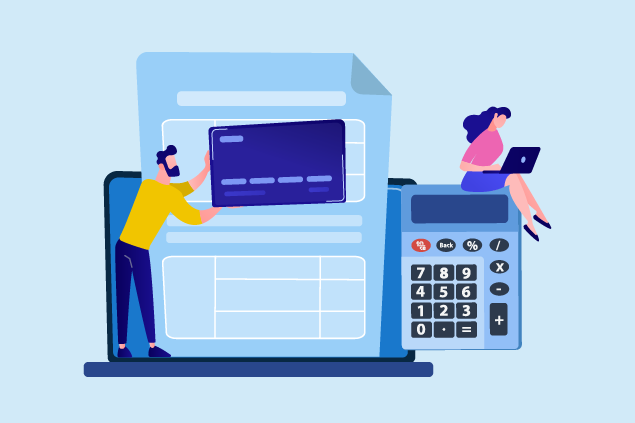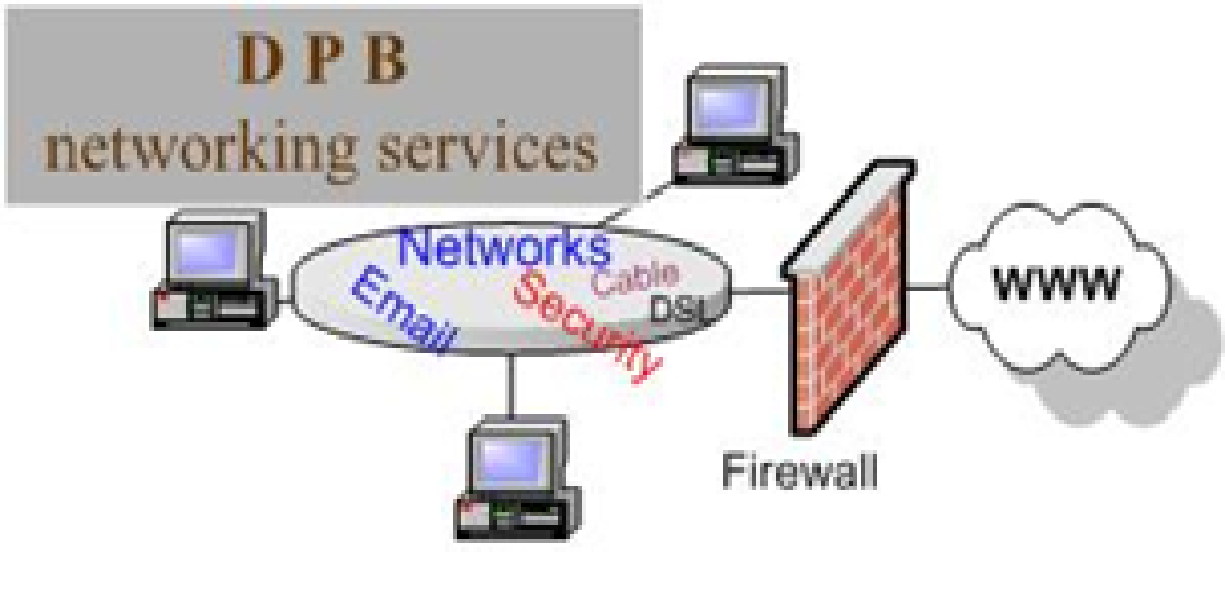No one can deny that increasing attorney productivity, streamlining client acquisition, and improving the client experience are all worthy goals for family law firms—and legal technology can help you achieve all these goals and more. But one of the most common goals of all?
A more consistent cash flow.
Even though family law attorneys strive to help their clients through difficult circumstances and achieve the best outcomes for their future, it’s impossible to run a legal practice without a reliable cash flow. Fortunately, there are several tools and strategies that can help. Here are our top three tips for improving your family law firm’s cash flow.
1.Right size your rates
Deciding what to charge clients for your work can be a key step toward establishing a healthy cash flow for your family law firm—or a surefire way to sabotage it. On the one hand, clients won’t exactly flock to you for legal advice if they can’t afford you. But on the other, setting your rates too low restricts your law firm’s growth.
So, what steps can you take to ensure that your rates are profitable?
Use your time- and expense-tracking software to your advantage
If you’re still clinging to the paper time-tracking methods of the past, make the switch to time-tracking software. Some options, such as TimeSolv, offer built-in reports that can help you identify which part of the client lifecycle is the most expensive to maintain and make sure you’re charging accordingly.
For example, if you notice that expert witness costs associated with child custody cases are on the rise, you’ll be prepared to raise your rates accordingly. This process may also help you feel more confident when explaining your rates to curious clients.
Digitize and track your project management efforts
Using digital project management tools helps you know what to bill for each type of legal matter. For a clear picture of the resources (and costs) associated with each type of service you provide, try breaking down each legal matter into a set of clear tasks.
Tracking how long each task takes your team to complete, any challenges that arise, and any related expenses on a matter level can help you identify which types of legal matters are the most expensive for your firm, and which are the most profitable.
Minimize costs where possible
The more you learn about the allocation of your family law firm’s resources through time- and expense-tracking, the more easily you’ll be able to identify opportunities to reduce costs.
Much of the average lawyer’s workday isn’t billed, even if it’s spent working. By automating non-billable tasks such as legal invoicing and billing, you can improve your law firm’s cash flow without the need to raise client rates.
Of course, it’s impossible to automate everything. Be sure to review your workflows and processes for opportunities to eliminate bottlenecks and create greater efficiency.
Biggest Mistakes Every Law Firm Makes at the Beginning of the Year
Did you know that spending more time working doesn’t automatically mean your firm will see a higher profit? In fact, all too often, the opposite is true.
2. Offer the right payment structure
Many people who contact family law attorneys experience a measure of financial hardship due to their legal matters. As a result, family law clients could find it difficult to pay a large retainer up front. That doesn’t mean you don’t deserve to get paid for your hard work, though. It just means you have an opportunity to improve your cash flow while demonstrating to your clients that you understand the challenges they’re facing.
How? By modifying your fee structures and payment practices.
There is no one-size-fits-all fee structure that works for every law firm. However, family law clients in particular often prefer more flexible options like flat fees and payment plans. And, when executed properly, these approaches can improve your firm’s collection rate by reducing barriers to payment.
When in doubt, ask your clients about their needs directly. Consider surveying both current and former clients about their preferences as you decide what type of fee structure best suits your firm. Just don’t forget to provide a detailed breakdown of what each one looks like—the average family law client may not know the difference between an evergreen retainer and a payment plan.
3. Make payment convenient for clients
Once you’ve decided on the best way to charge your clients, make sure they know how to pay you. Some clients pay their legal fees late—or don’t pay them at all—because they are confused by your law firm’s payment process.
Set detailed, thorough expectations, and provide a written copy of your law firm’s payment terms and conditions to every client. In addition to providing instructions for actually submitting payments, include information about your firm’s late payment policy and next steps for clients who are struggling to pay their bills.
Don’t let unpaid bills go ignored
The thought of frequently delinquent accounts is enough to raise any attorney’s blood pressure. Still, letting unpaid bills go ignored isn’t doing your firm’s financial status any favors.
Make your best effort to follow up on outstanding invoices as soon as possible. Your law firm’s automated billing and invoicing software can act as your first line of defense. Some clients just need a little reminder, especially if they happened to receive their invoices when they were busy or distracted.
Everyone is guilty of neglecting their notifications sometimes, but if automated reminders aren’t doing the trick, there may be another reason your client isn’t paying. While calling every client individually just to remind them to pay their legal bills is a time-consuming (and probably unwelcome) approach, consider reaching out to those who owe your firm a particularly large sum.
When you follow up with a client, take notes. You’re likely to find out information that can help you improve your payment process—and your cash flow—in the future.
For example, your clients could be struggling to submit one large payment but would be willing to make several smaller payments instead. Others may not understand the way your invoices are formatted, leading to confusion about the true cost of your services.
Whatever the cause, consider how this knowledge could enhance existing billing and payment processes at your firm moving forward.
Increase your firm’s cash flow (and decrease your AR) with TimeSolv
With affordable, easy-to-use solutions for time tracking, expense tracking, invoicing, payment processing, and more, thousands of family law firms like yours rely on TimeSolv to achieve a higher cash flow and reduce their AR.
Start your free trial today.
How to Prevent the 10 Biggest Mistakes Every Law Firm Makes
Are you looking for a simple way to boost your law firm’s productivity and increase client satisfaction? Stop committing these 10 common mistakes! watch the webinar now.


















